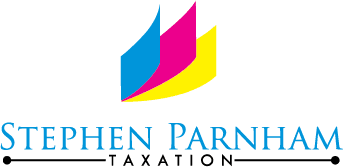A landmark Supreme Court decision involving a work of art and previously reported in ‘The Professional Tax Review’ has been nullified in the Budget.
The case involved a painting by Joshua Reynolds called Omai, which had belonged to the Howard estate since the late 1700’s. From the 1950s the painting has been on display at Castle Howard the family estate, where it is open to the public.
In 2001, the executors of the late Lord Howard, sold the painting for just under £10million at auction. HM Revenue & Customs attempted to charge capital gains tax on the disposal, but the executors pointed out that the painting had been on long-term loan to the family’s stately home business, where it acted as plant and machinery. It was thus a “wasting asset” and exempt from capital gains tax. The executors’ argument was rejected at the Tax Tribunal, but later accepted. HM Revenue & Customs took the case to the England and Wales Court of Appeal in March last year, but lost again.
Fearing that other country estates will use the same argument, and it is understood that some collectors have since loaned art for similar reasons, HM Revenue and Customs applied to the Supreme Court. The Court refused leave to appeal (HMRC v Executors of Lord Howard of Henderskelfe (deceased), UKSC 2014 0123).
That Supreme Court decision left HM Revenue & Customs with little option but to recommend a change in the law to correct the loophole and hence the announcement that gains accruing on wasting assets after 6 April 2015 will no longer benefit from capital gains tax exemption. From 6 April, this exemption will only apply to assets used in a business which owns them, not where they are lent to the business owner (as was the case for the Omai painting).


